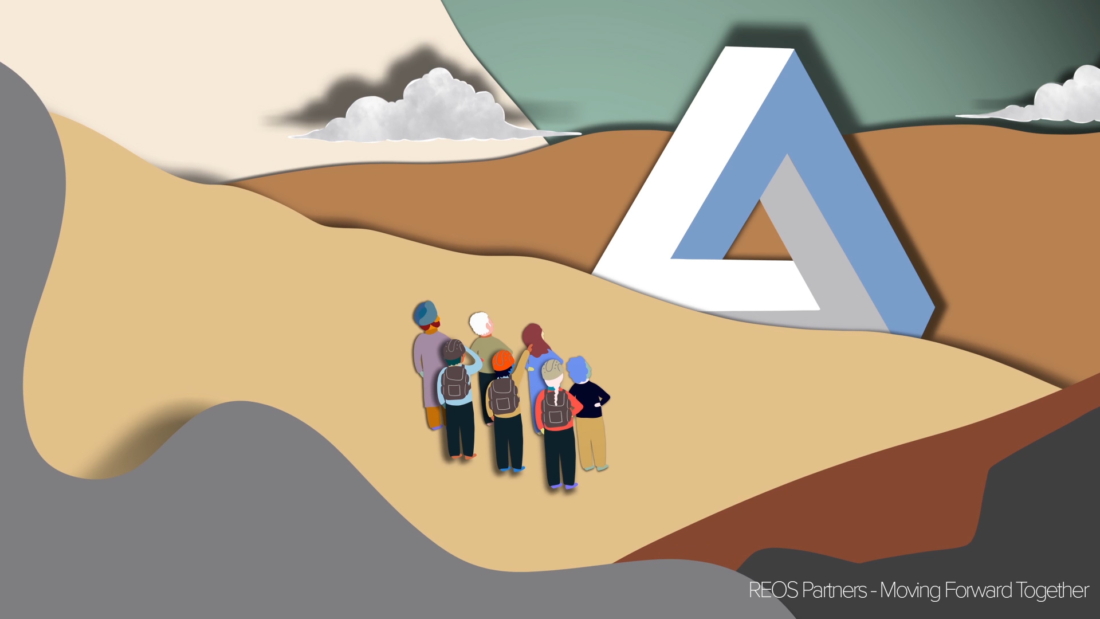Why story is exactly what we need to navigate this VUCA world
Story has reached its tipping point
Most purpose-driven people don’t have a hard time understanding why story is important; they’ve been doing it for a long time. One thing creatives and changemakers have known for a while is that ‘they who holds the narrative, holds the attention’ and who holds the attention, holds the hearts and minds. Not only that, but activists on the frontlines understand that movements and systemic change are built on the back of inclusive, story-driven processes.
But when data engineers, tech analysts and health professionals start using story to get their messages across and cultivate their organisational cultures – you know that we have reached a tipping point.
This gradual ‘uptake’ of storytelling in somewhat unusual places like data labs and corporate boardrooms is one thing we’ve started to see since the beginning of the pandemic: a rush to unlock analytical and critical thinking, and to help teams navigate change, sensemake, and build vision using the humble and ancient craft of story.
However, we see this shift not so much as evidence that powerful leaders are beginning to discover the impact of storytelling, but as hope that finally – after everything that’s happened – we are witnessing a homecoming of humanity to more ancient ways of being and knowing and making them fit for the realities of our current world.
Stories are effectively supercharged data
As humans, we have always used stories to convey information, to share our lived experiences, and to build vital connections with other living beings. Yet, somewhere along the way these ancient ways of being and knowing, and the skills that came with them, became obscured.
Perhaps this obfuscation of story is yet another destructive impact of colonisation, one that demonises and deliberately pushes underground traditional and Indigenous systems of sharing knowledge and information.
Or perhaps it is also the result of patriarchal, individualistic ways of being in so-called ‘western’ cultures, where logic and data dominate and storytelling becomes relegated to fluffy fairytale.
Regardless, the way many of us have been conditioned to view story overlooks both the science and the art of storytelling. Stories follow an inherent logic; they have a rhythm and flow. Just like data, stories engage Broca’s area and Wernicke’s area for processing and comprehension. But unlike data alone, stories also engage other parts of our brain, such as the motor, sensory and frontal cortices.
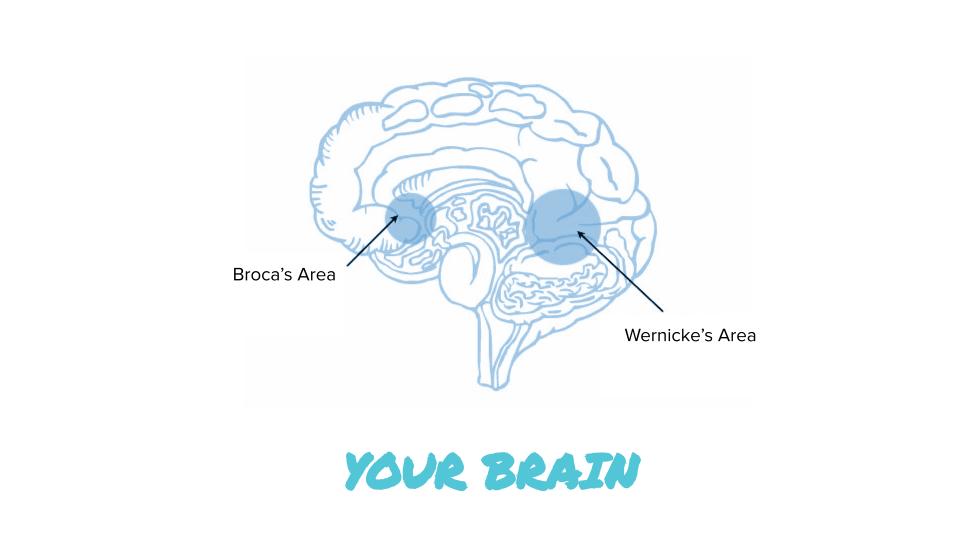
“At the onset of a story the brain initially engages the Broca and Wernicke areas just as if it were listening to someone read a bulleted list of items, but as the story becomes progressively more engaging, other areas of the brain, such as the motor, sensory, and frontal cortices light up. It’s possible to stimulate many parts of the brain with a well-told story.”
– Whitney Meredith The Art of Storytelling with Data
Stories are effectively super-charged data that make use of our brain’s natural ability to decode and understand information, and here we are trying to survive in a world that is equal parts Volatile, Uncertain, Complex and Ambiguous.
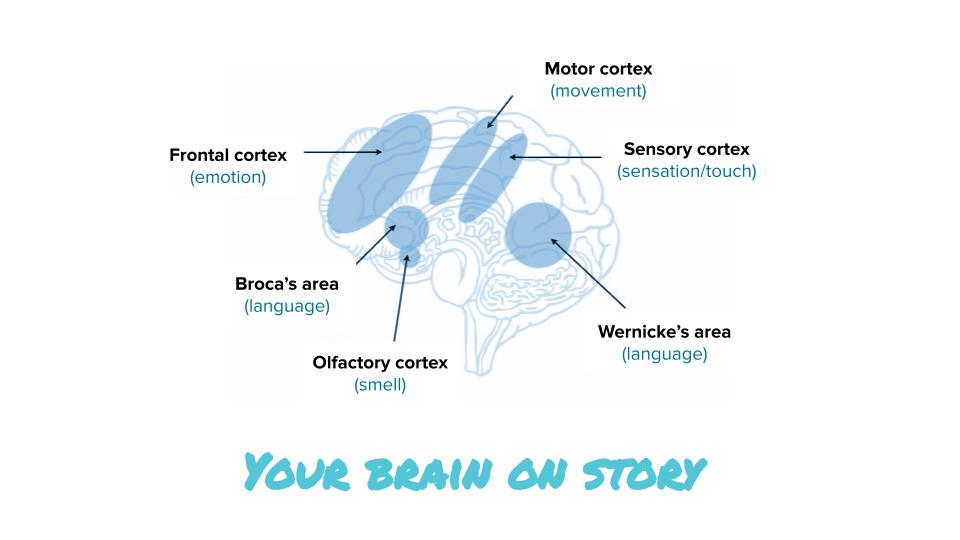
It’s a VUCA world and we’re just living in it
Existing in a ‘VUCA’ world, a term first coined in the army, is incredibly challenging for our human brains that crave predictability and certainty.
While the world, even prior to 2020 was chaotic and unpredictable, the events of the past 18 months, and the resulting news cycle, have brought our awareness of that volatility to the forefront. As well as the unpredictability of lockdowns, businesses and organisations are still experiencing disruption on all fronts with technology constantly updating, supply chains disrupted and challenges bridging the divide between intergenerational and intercultural workforces.
Nevertheless, surrounded by ever-present and cascading crises – we have been brought to our collective knees. So, can story – or more specifically, the ability to shape, share, hold space for, and lead through story and story-driven processes – save us?
Meeting challenges with story
Despite the many challenges facing us, there are still organisations and communities that are thriving right now; creating opportunities and sparking innovation amongst immense uncertainty and unpredictability.
While the reason is not as simple and self-aggrandising as: ‘they tell stories’, when we think about what organisations and communities need to do to adapt to ever-changing environments, they need to:
- Foster empathy and connection
- Be able to think deeply, critically and analytically to solve complex problems
- Share new learnings and insights rapidly
- Create a shared sense of vision, purpose and ownership
- Be faster moving, more agile and do rapid sensemaking to ride the inevitable waves of change
- Find ways to move beyond top down hierarchies to flatter, more democratised organisations with greater transparency
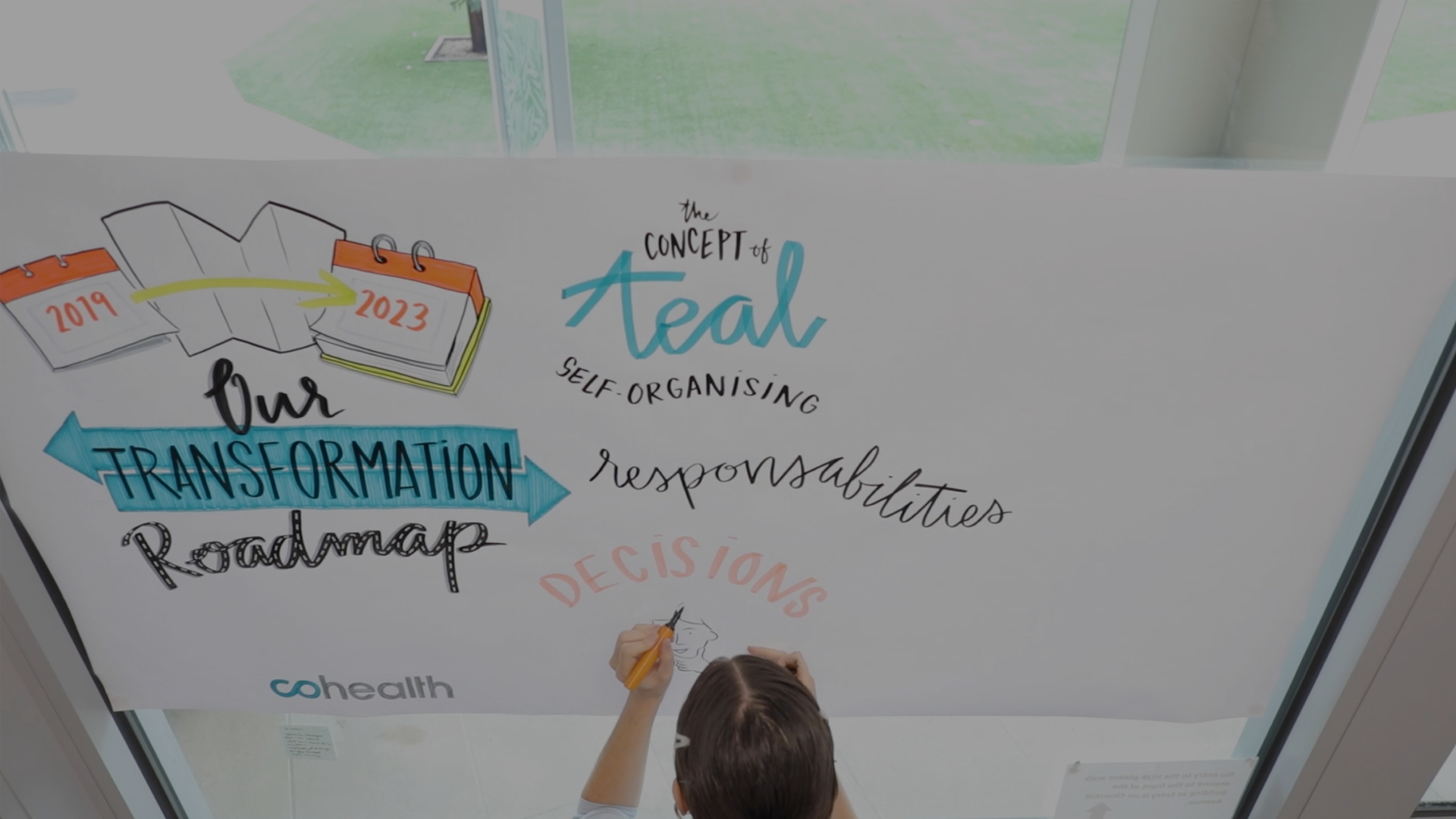
If we take a look at that list again, story and story-driven processes begin to emerge as a viable and accessible solution to meet these ‘wicked problems’ of our times:
- Stories help us foster empathy and connection → Story is a way to bring together people from opposing viewpoints to see and hear each other, not so they necessarily agree, but so they can at least understand and be able to work together. Great examples are: Truth and Reconciliation Commissions in post-conflict societies, McKinsey and Co.’s ‘Our Black Voices’ project as well as the work of Adam Kahane and REOS Partners
- Stories allow us to think deeply, critically and analytically to solve complex problems by allowing us to see complex nuances, relationships and causalities that data alone can’t reveal. → This is why story-driven processes are being used to enact systems change and reimagine new economies all over the world and to develop strategy in complex environments.
“Story can go where quantitative analysis is denied admission – our hearts”
Harrison Monarth
The Irresistible Power of Storytelling as a Strategic Business Tool, Harvard Business Review, 11th March 2014
- Stories help us share new learnings and insights rapidly → Narrative, rather than dot-points or data, is the most effective way for community and team-members to share and propagate lessons about how they’ve overcome challenges that others may be facing. Why? Because listening to a story is like being in a virtual reality simulator, firing off the synapses and thought processes you’d actually use in real life, making you more likely to remember that information and implement it when you face the same problem in the future.
- Stories help us to share a vision for the future, and inspire others to work together towards it, with purpose and ownership → Stories enable us to make tangible what may seem unlikely or uncertain, spark imaginations and influence actions, helping us picture future possibilities and think creatively about them
- Stories help us to rapidly sensemake in chaotic times, be faster moving, more agile and ride the inevitable waves of change → story helps invite others on the journey with us and, together, enables us to better navigate uncertainty, they can diminish our fears and give us greater confidence, clarity and conviction in fighting for the world we want to live in
- Story helps us find ways to move beyond top down hierarchies to flatter, more democratised organisations with greater transparency → As humans, we’re all storytellers, when we create space for stories to be shared, we make room for more voices to be heard in the decision making process, whether that be by sitting around the campfire to chat, starting a thread on Slack or sharing the tools for anybody to tell their story digitally
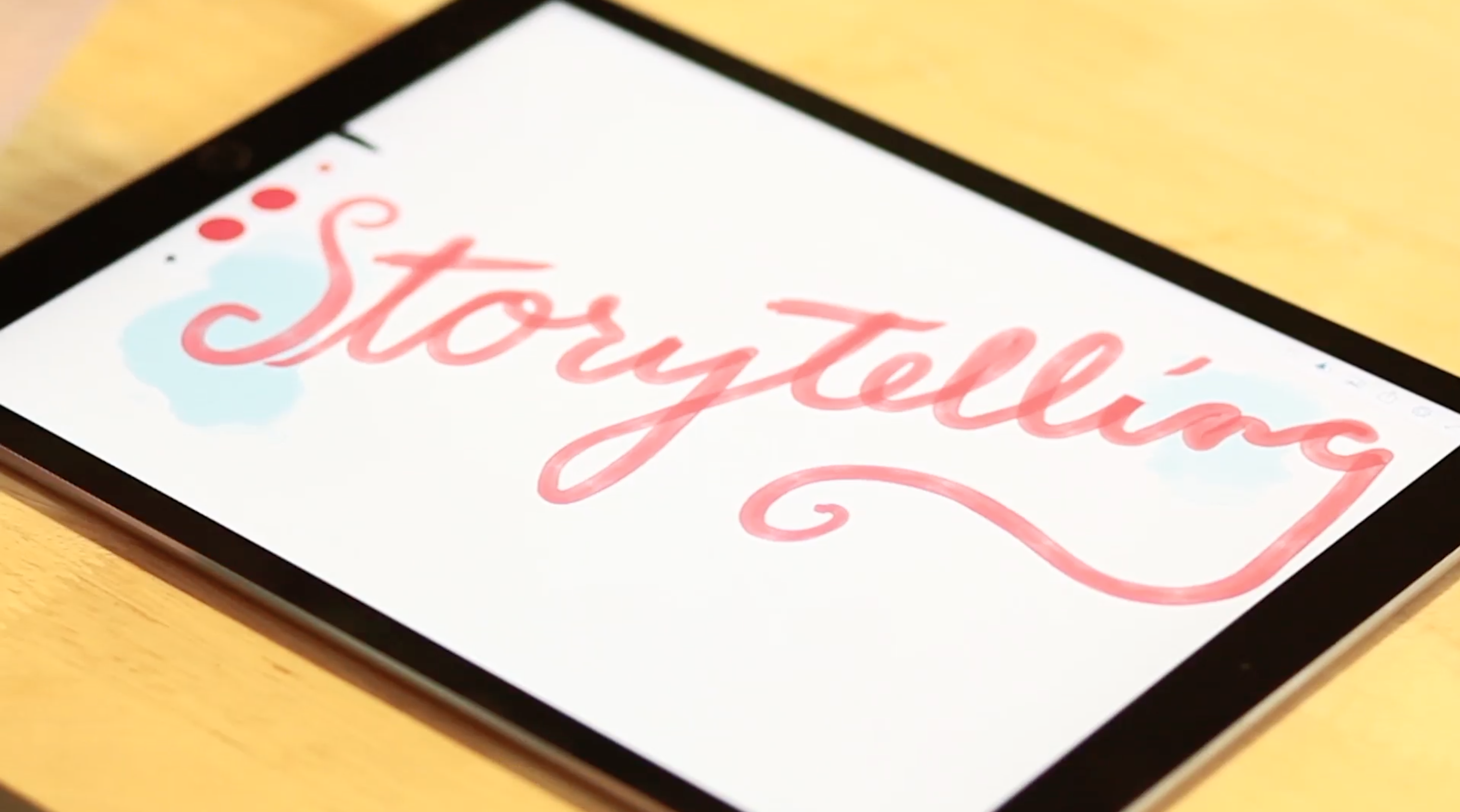
The future of work is story-driven
The ability to identify, hold space for and tell cohesive, galvanising stories will become one of the most highly sought-after skills of the next decade.
Placing story-telling, story-listening and story-weaving at the centre of the way we work and organise is what we like to call ‘Story Leadership’.
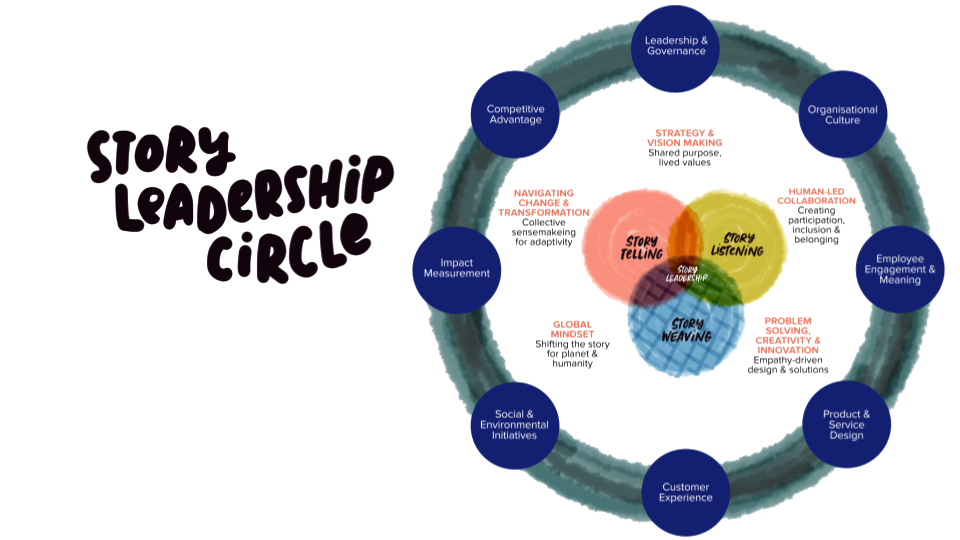
Story Leadership is now a non-negotiable part of building businesses and cultures, and offers leaders the key that unlocks every other skill atop the ‘Future of Work’ Report from resilience and ideation to active learning and complex problem solving.
Creating this culture of storytelling is critical because, despite living through such a challenging chapter in our world’s history, one thing that hasn’t changed: stories are still the way in which humans understand and navigate the world. Therefore, they are the most powerful tool we have to solve problems, deeply engage teams and move forward together.
Story can be the head, heart and hands for your business, activating purpose and engaging people in 2022 and beyond.

